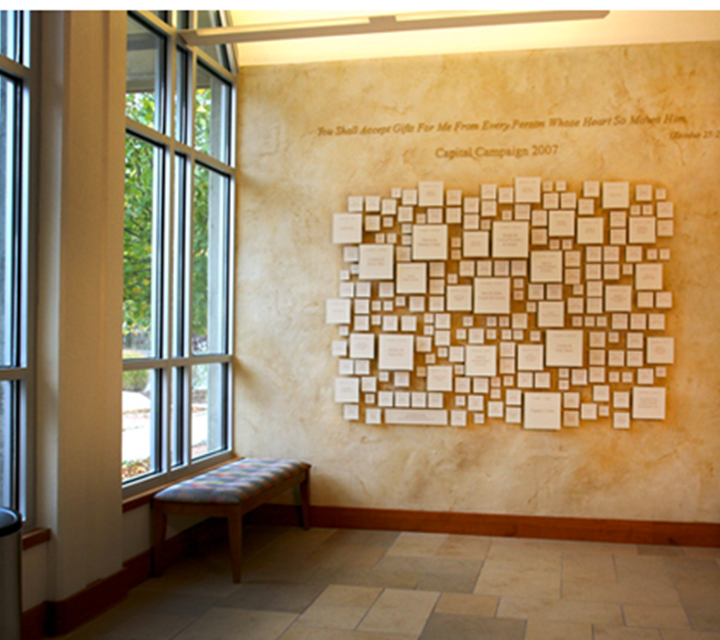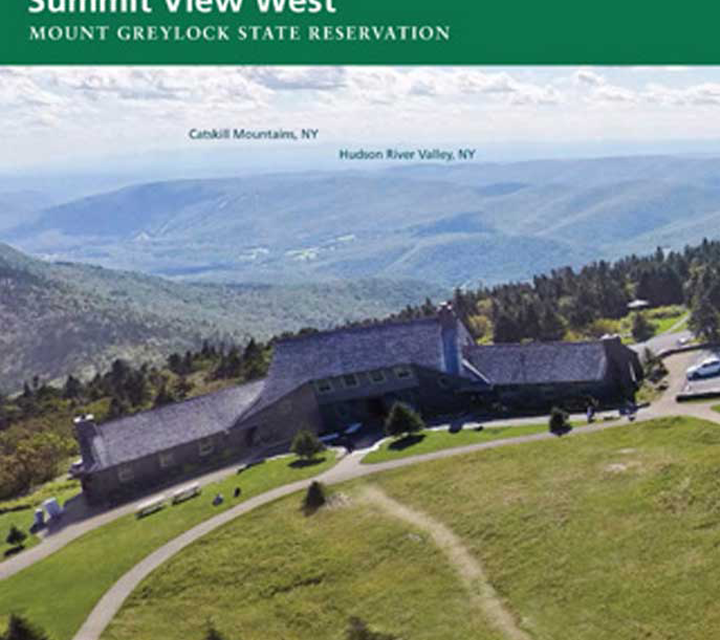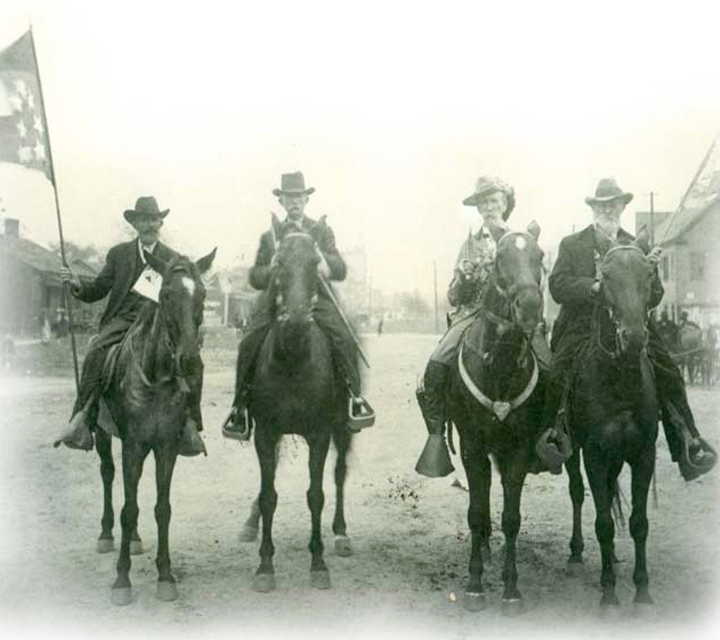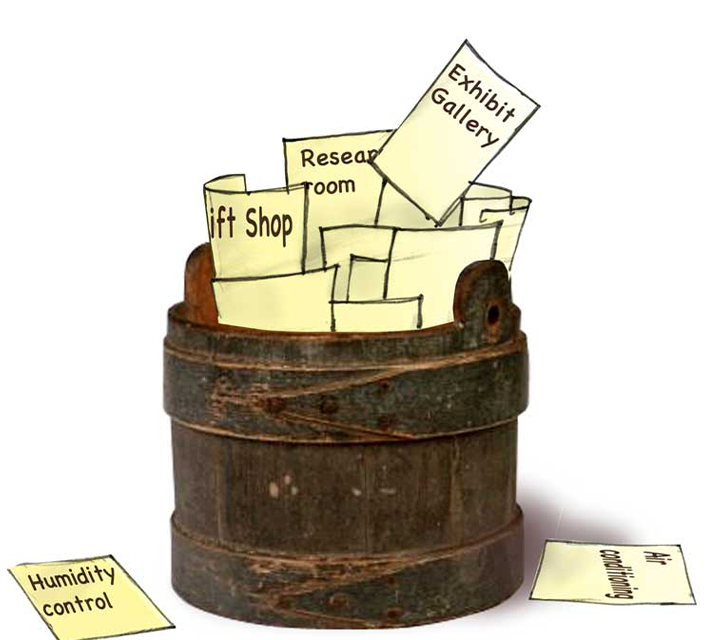Modest as it may be, the donor panel symbolizes something critical; it represents the generosity of the person to whom the building or exhibit owes its existence. Once a neglected design genre, donor panel systems are now striking features in the public spaces of building lobbies. They have grown in sophistication along with the architecture...
Accessible exterior exhibits provide access, meaning, and magic To the residents of western Massachusetts, selecting Mount Greylock as the scene for a supernatural thriller is as natural as the clouds that envelope the peak giving it its name. After all, they are familiar with sightings of Bigfoot (of course), and ghostly “Old Coot”, a restless Civil...
Interpretative exhibit design and lessons about American identity and family culture Our understanding of history changes over time, and the Civil War is a topic that is as alive as ever at the Confederate Reunion Grounds State Historic Site in Mexia, Texas. Established in 1889 as the Joseph E. Johnston Camp of the United...
Hingham Historical Society’s bucket list – a visitor experience that combines hands-on interactives with visible storage and a new exhibit The Hingham Historical Society’s new Heritage Museum exhibit tells the story of “Bucket Town” where energetic and innovative craftsmen created tens of thousands of wooden buckets along with firkins, piggins, pantry boxes, churns, and other essential...
The third space is central to community vitality Silver Lake Nature Center unites community members in a positive, shared experience through purposeful exhibit content and design. Most of us are busy beavers when it comes to activities of daily living. We rise and shine at home, trudge off to work, shuttle back, and repeat the...





